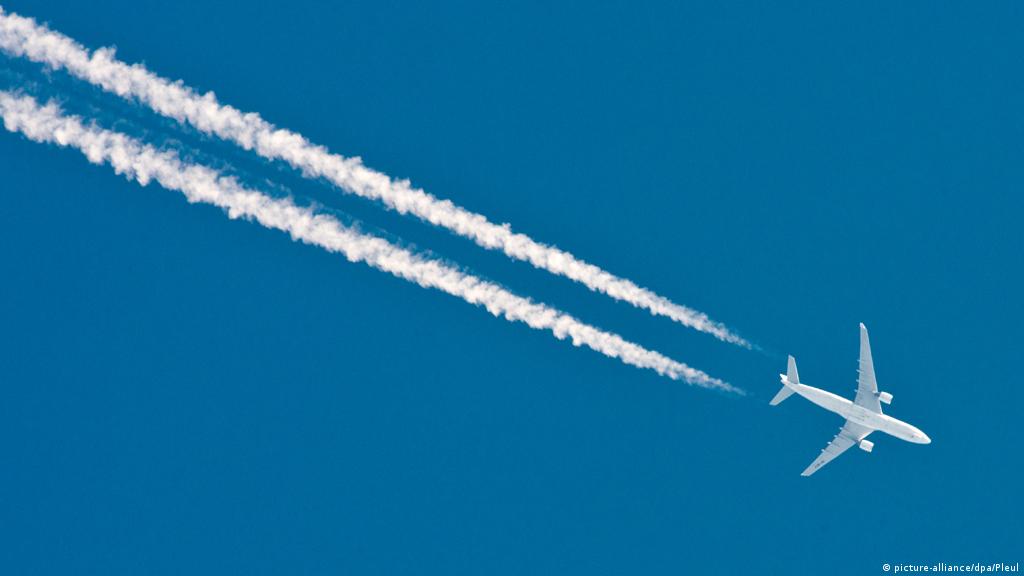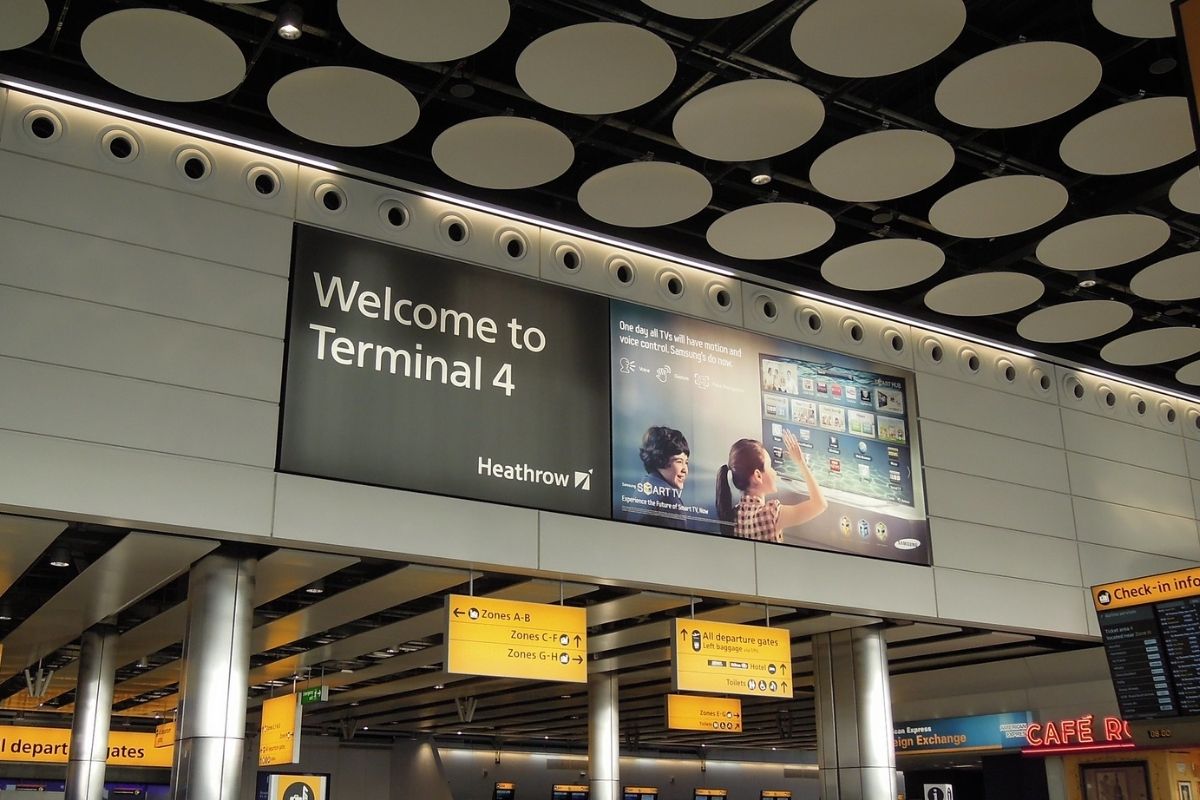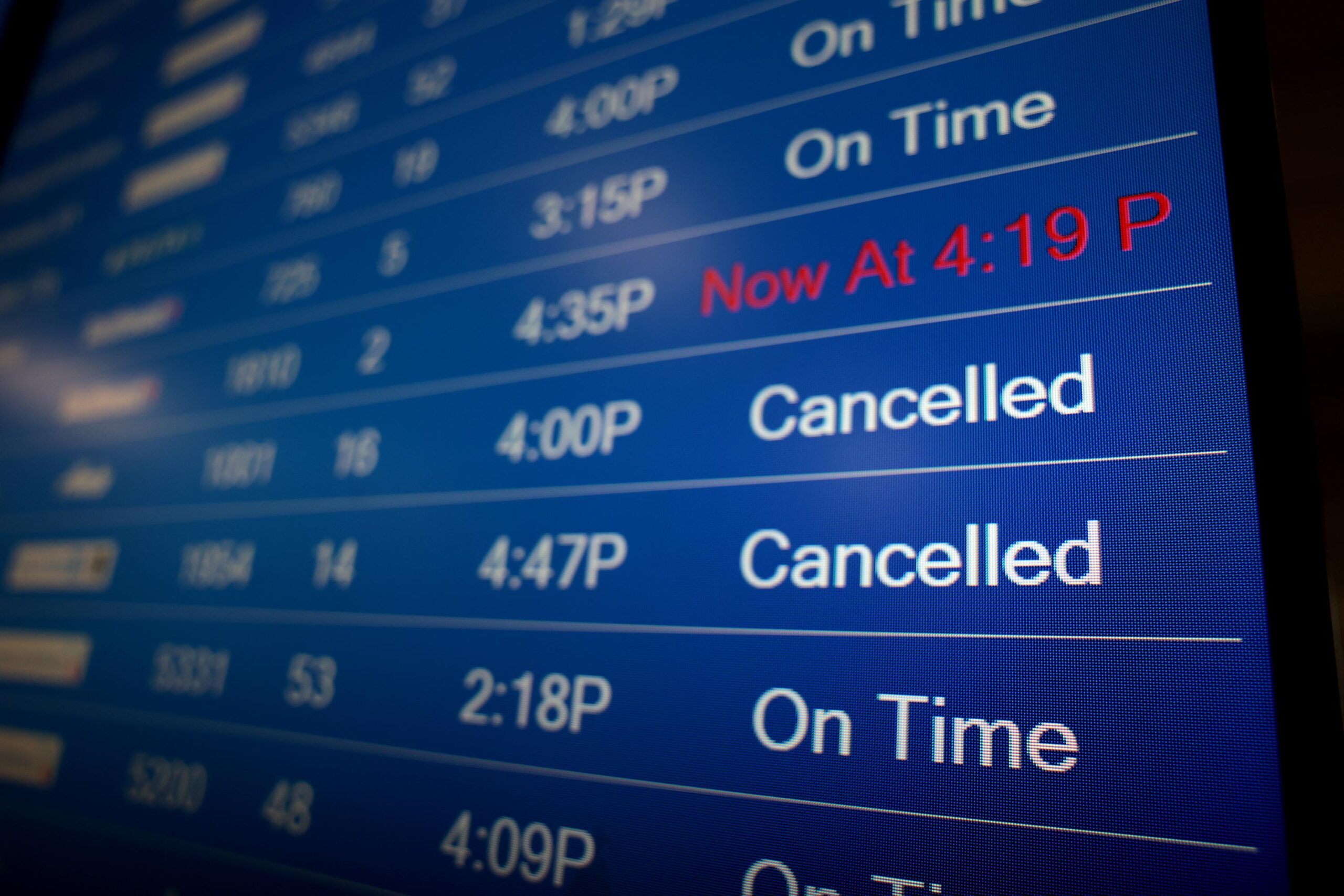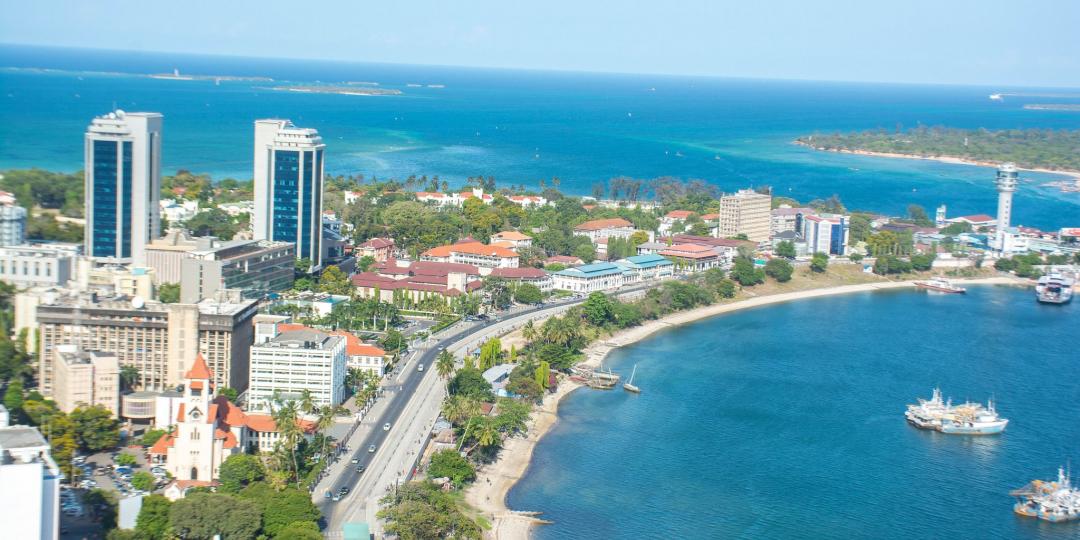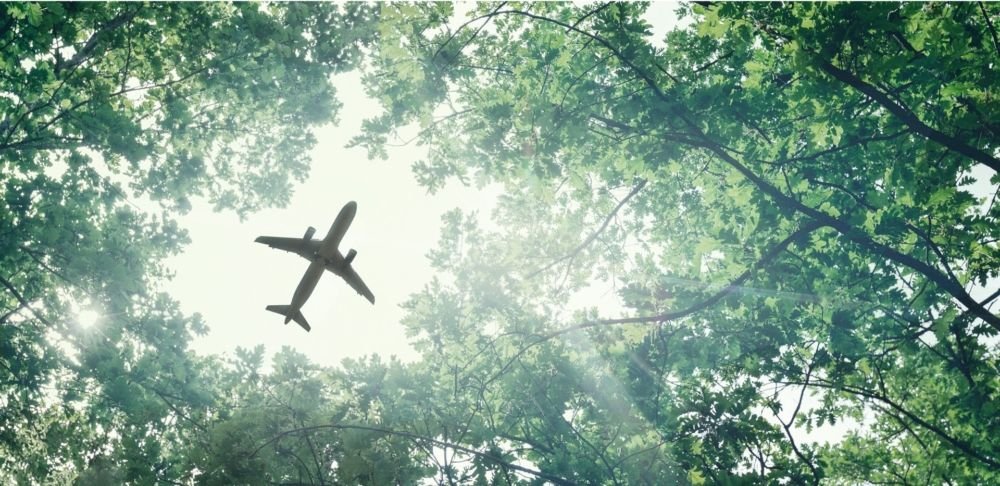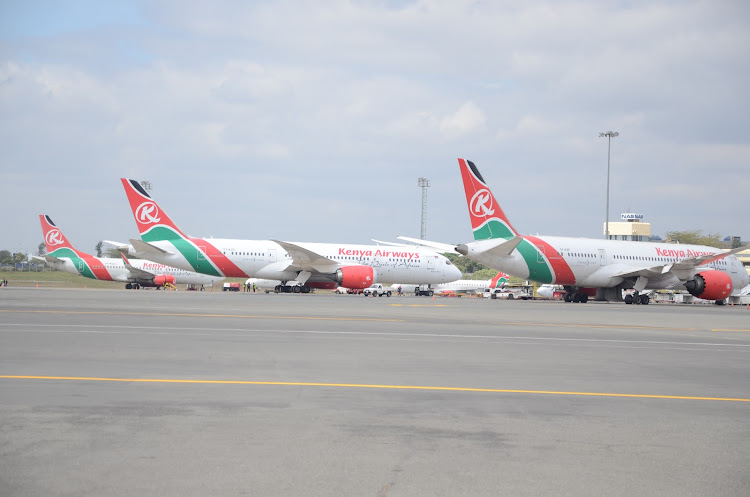A beginner’s guide to carbon offsetting flights for air travellers, including what carbon offsets are, how they work, how to choose the best offset scheme and ways to reduce your environmental impact.
I have a love-hate relationship with air travel. I love the places flying takes me, but I’m not a fan of the actual plane bit. But as well as worrying about being up in the air, I’ve started worrying more about the environmental impact of flying, and especially the way it contributes to climate change. Carbon offsetting flights is often mentioned as a partial solution to the problem, but what is offsetting and how does it work, if at all?
The Environmental Impact Of Flying
Flights account for around 2.5% of global carbon dioxide production at the moment, but the industry is expanding. And because planes fly high the atmosphere, the greenhouse gases they emit do more damage than on the ground. New technologies like biofuels or electric planes are in the pipeline which could reduce flying’s environmental impact. But they’re a huge investment and need years of safety testing, so it’s a slow process.
Until then airlines are trying to increase efficiency by reducing weight, carrying more passengers, using tailwinds and reducing distances through air traffic control (though cynics might say that’s more about saving money than the environment).
Regulations are starting to put pressure on airlines to reduce their impact, but the rising demand for flights is outstripping any reduction in emissions. There’s a crazy statistic that only 6% of the world’s population has ever flown, so there’s huge potential growth.
I’m trying to cut down on flights and take the train where I can, but there are so many places I’d love to visit where I’ve got no choice but to fly. So is there anything we can do?
Carbon Offsetting Your Flights
One of the ways it’s been suggested air travellers can reduce the impact they have on the environment is through carbon offsetting their flights. Carbon offsets are voluntary schemes where people pay to ‘offset’ or make up for the emissions their flights produce.
It sounds good in practice, but not a lot of people use them. Many passengers don’t know they exist, but even more are confused (or dubious) about which schemes to use.
Offsets aren’t straightforward and they’ve often been controversial – some of the schemes are run by profit-making companies and there’s no standard certification to show which are worthwhile. There are also moral questions about whether paying to pollute makes people less likely to change their behaviour. So what’s the truth about carbon offsetting?
How Does Carbon Offsetting Work?
Aircraft engines produces greenhouses gases, particles and water vapour which are released into the atmosphere. It’s this mixture that makes them so polluting, but the focus of offsetting is on carbon dioxide (CO2) as it’s the most common greenhouse gas.
Carbon offsetting flights doesn’t get rid of the carbon dioxide which is produced when you fly – that still goes into the atmosphere. What it does do is try and make up for your share of the CO2 which gets released by reducing it somewhere else instead, which will slow help to down the overall global increase in carbon dioxide levels.
This is usually based on measuring how many tonnes of CO2 are produced by each flight and investing in a project which reduces CO2 levels by the same amount.
There are two main types of offset project. First forestry projects, which either stop existing trees being cut down or plant new ones. The trees act as a ‘biological sink’ by taking carbon dioxide out of the atmosphere. And secondly energy projects, which reduce the amount of fossil fuels used by investing in energy-efficient products or renewable technology. Often these projects have social and sustainability benefits for the countries involved too.
Sounds simple but any carbon offset project has to meet three criteria to be effective. There has to be additionality – which means the project wouldn’t have happened if it hadn’t been funded by the money from the carbon offsets. There has to be no leakage – so you can’t reduce emissions in one place if it means they’re increased somewhere else instead.
It also has to be permanent – so it won’t be reversed in the future (which can be a challenge for forestry projects, as how can you guarantee trees will never be cut down?).
How Are Carbon Offsets Calculated?
Various calculators have been developed to work out how much carbon dioxide you produce on a flight. The most basic just look at how many miles you’ve flown. Better offset schemes also take into consideration the class of travel you’re flying in, the type of aircraft and how fuel efficient it is, the number of passengers it holds and the occupancy rate.
But if you wanted to be super-accurate you’d also need to take into account the time of day and weather conditions too, which affect how much fuel is used. Every carbon offset scheme calculates things differently – and some are a lot more comprehensive than others.
How Much Does Carbon Offsetting Cost?
Because the calculators all work differently, the amount you pay varies too. I tested out a couple of the big calculators by looking at the amount of carbon I produced in a year.
Two long-haul return flights from the UK to the Caribbean and four short-haul return flights in Europe came to 7.5 tonnes. A short European flight (London to Geneva) is around €10, a longer one (London to Malta) €20 and the UK to the Caribbean €60.
It was interesting to see that making a stopover increases the amount of carbon you produce. As does flying in business or first class instead of economy – the lower passenger numbers in these classes mean they’re a less efficient use of space.
A flight from London to Dubai would cost €50 to offset if you were in economy versus €95 in business class and €145 in first class. With a lot of people at the front end of the plane travelling for work, I wonder how many companies use offsets?
Which Scheme Should I Use?
If you decide to carbon offset flights, the big issue is choosing which scheme to use. There are a baffling number, most of which make impressive claims and have websites covered in pictures of forests. But they’re not all regulated and how some are funded is a bit fuzzy.
Sussing out the good from the bad is a full-time job, so it’s usually a case of taking advice from environmental organisations who’ve examined them and certified the best.
Carbon Offsetting With Your Airline
The easiest option is to offset directly with the airline when you book your flight. You just pay an extra fee on top of the flight cost which is donated to a carbon offset scheme. Around a third of airlines have some sort of carbon offset programme, but how they work varies.
Some have their own schemes and others are enrolled in other people’s. Some are upfront about their offset programmes and others hide them away. Some give you the option to offset before booking and some only after (so you can’t see the cost until you’ve booked).
Among the airlines doing good things with offsets are Qantas, whose Fly Carbon Neutral scheme claims to be the largest airline offsetter. They offset staff travel and offer frequent flyer points to passengers buying offsets. Other verified schemes include Air Canada’s with Less Emissions, KLM’s CO2ZERO and Austrian Airlines with Climate Austria.
If your airline has a carbon offset scheme, take a look at their website before buy to see if it’s worthwhile, or whether you’re better off spending your money elsewhere.
Things to look at include how offsets are calculated (is it just mileage-based or more comprehensive?), the type of projects they fund, what percentage of the money is used in admin and whether they’re certified by a verified scheme like Gold or Carbon Standard.
Carbon Offsetting Directly
Some airlines like Emirates choose not to offer offsets. Or you might want to offset flights you’ve already taken. And if you want to choose which type of project – or even which specific project – you fund, it’s usually best to offset directly. Gold Standard is one of the most widely recommended bodies and the name I kept coming across.
Gold Standard is a Swiss non-profit organisation which was founded by a group of environmental groups and NGOs including the WWF. Their projects are based in developing countries and combine reducing CO2 with sustainable development.
They don’t have their own calculator but they do have links to a couple where you can work out the amount of carbon you’ve used then choose a project to donate to. Otherwise they have various partners who run Gold Standard certified projects around the world:
- Atmosfair in Germany (who have a particularly good calculator which rates airline efficiency and includes other greenhouses gases as well as CO2)
- MyClimate in Switzerland
- Climate Care in the UK
- Terrapass in the US.
So Is It Worth Carbon Offsetting Flights?
Does carbon offsetting really make a difference? The same amount of carbon dioxide is going to be released on that flight whether you offset or not. And it’s been argued that offsetting is just a way for people to feel less guilty without having to change their behaviour, and the only way to really reduce emissions is to stop flying entirely.
But at present flying is a part of life – from seeing family abroad to supporting the economy in destinations like the Maldives. And if you do have to (or want to) fly, then I would argue that offsetting has got to be better than doing nothing. My year’s flights came in at €175 to offset – enough to make me think about my flying habits and cut down since.
Environmental group Ethical Consumer advise choosing an individual project to fund rather than letting the company pick, so you know where your money’s going. And that energy efficiency projects are better than forestry as they directly reduce fossil fuel usage. They also recommend wind and solar over biomass as it’s less likely to be misused.
Choosing a specific project does usually mean you pay more but it means you know you’re getting the maximum benefit. Otherwise you can just create your own offset by working out what you would have spent and donating it to an environmental charity.
What Else Can I Do To Reduce My Impact?
Well obviously the best way to reduce your impact is not to fly at all! That’s not going to be practical for most people, but it’s often possible to cut down or change how you fly.
Reduce Short-Haul Flights
Short-haul flights under 500km are comparatively the worst polluters because it takes a lot of energy for the plane to get up and down. So could you take a train or bus instead sometimes? This can massively reduce the amount of carbon you produce – a return trip from London to Paris produces 110kg of CO2 by plane versus 6.6kg by train.
There’s often the idea that flying is a lot quicker but when you add in time getting to and waiting at the airport it often doesn’t make much difference. 80% of flights from the UK to Europe are to destinations which you could reach by train within a day.
Looking at my year’s travels, the trips to the Alps and Munich could have been pretty easily done by train and I’ve cut right down on short-haul flights since. Rail travel through multiple countries in Europe has been made more difficult by pandemic travel restrictions but hopefully this is only temporary and it’ll be possible again soon.
Choose A More Efficient Airline
The airline you fly with makes a big difference to your emissions. Lower impact airlines usually have more modern, fuel-efficient planes and carry more passengers.
Atmosfair have some helpful rankings to help you decide which airline to choose – surprisingly charter airlines like TUI are among the best, as well as Jet2, Air Transat, KLM and Air New Zealand. And worst are US carriers United and Delta’s regional networks.
Choose A More Efficient Flight
The flight you choose can also have an impact. Because take off and landing are when the largest amount of emissions are produced, it’s better to fly direct rather than with a stopover as you only have to do it once. Flying economy instead of business or first-class also reduces your carbon emissions (sadly not a choice I often need to make!).
Apply Some Pressure
I said the same thing when talking about cruises, but pressure from consumers is so important in getting businesses to act in a more environmentally responsible way. The more people who ask about airline emissions – whether it’s an airline’s carbon offset policies or what technology they’re investing in – the more airlines will take things seriously if they think it’s having an impact on who we spend our money with.
Source: On The Luce

